Things to do after installing Ubuntu
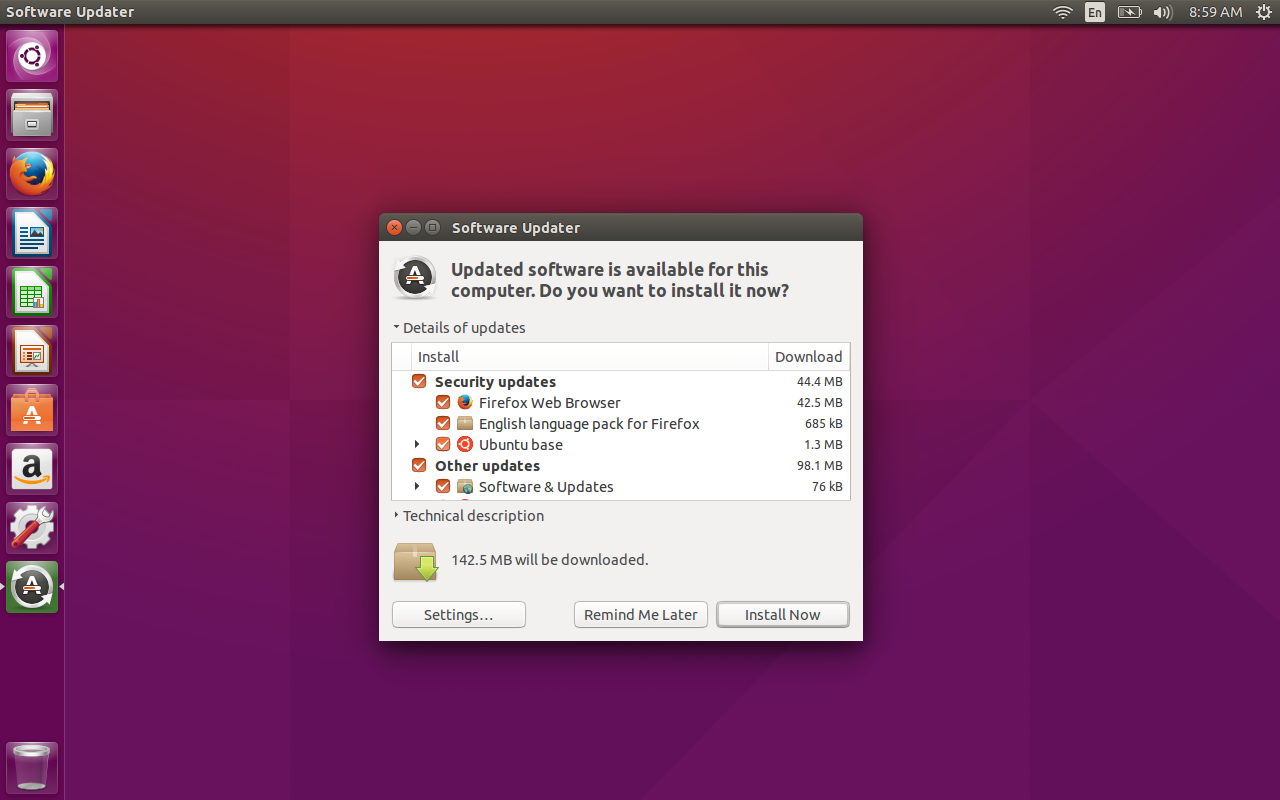
Figure 1: Updating your newly installed Ubuntu desktop.
You’ve installed the latest iteration of one of the most
popular Linux desktop distributions on the planet and will most likely
find a platform ready to do nearly everything you need it to do.
Nearly.
There are still some tasks you can tackle to make that
environment even more efficient, more productive, and more enjoyable.
Best of all, these to-do (which some might consider “must-do”) items are
all very simple to undertake. Within a short span of time, you’ll have a
masterful Ubuntu desktop, ready to do your bidding with ease and
aplomb.
Before we dive into this, understand that not every idea
laid out here will apply to every user. I will try to make this as
universal as possible, but sometimes specificity might get in the way.
With that said, let’s get to work.
1. Update.
Even though you might have checked the box for downloading
and installing updates during the installation, more than likely there
will still be updates to be had right out of the gate. Don’t even bother
to wait for the update manager to pop up and remind you there are
updates. Open the dash (either click on the Ubuntu logo icon in the
upper left corner or click the Super key on your keyboard), search for
updates, and click the Software Updater launcher. When the updater runs
(Figure 1, above), okay any updates that are available. Bug fixes tend
to happen frequently soon after the release.
2. Install AppGrid
Although the Ubuntu Software Center is a great tool in
theory, in practice it falls a wee bit short. First and foremost, the
thing is slow...far too slow for most. Second, it’s interface has never
been remotely close to best in breed. Because of this, I highly
recommend installing AppGrid (Figure 2). Not only does it make finding
software a lot easier, it’s incredibly fast. Installing AppGrid on
Ubuntu is simple, just follow these steps:
-
Click [Ctrl]+[Alt]+[t] to open a terminal window
-
Add the necessary repository with the command sudo add-apt-repository ppa:appgrid/stable
-
When prompted, click Enter
-
Update apt’s sources with the command sudo apt-get update
-
Install AppGrid with the command sudo apt-get install appgrid
That’s it. You should now have a much more efficient means of finding and installing software.
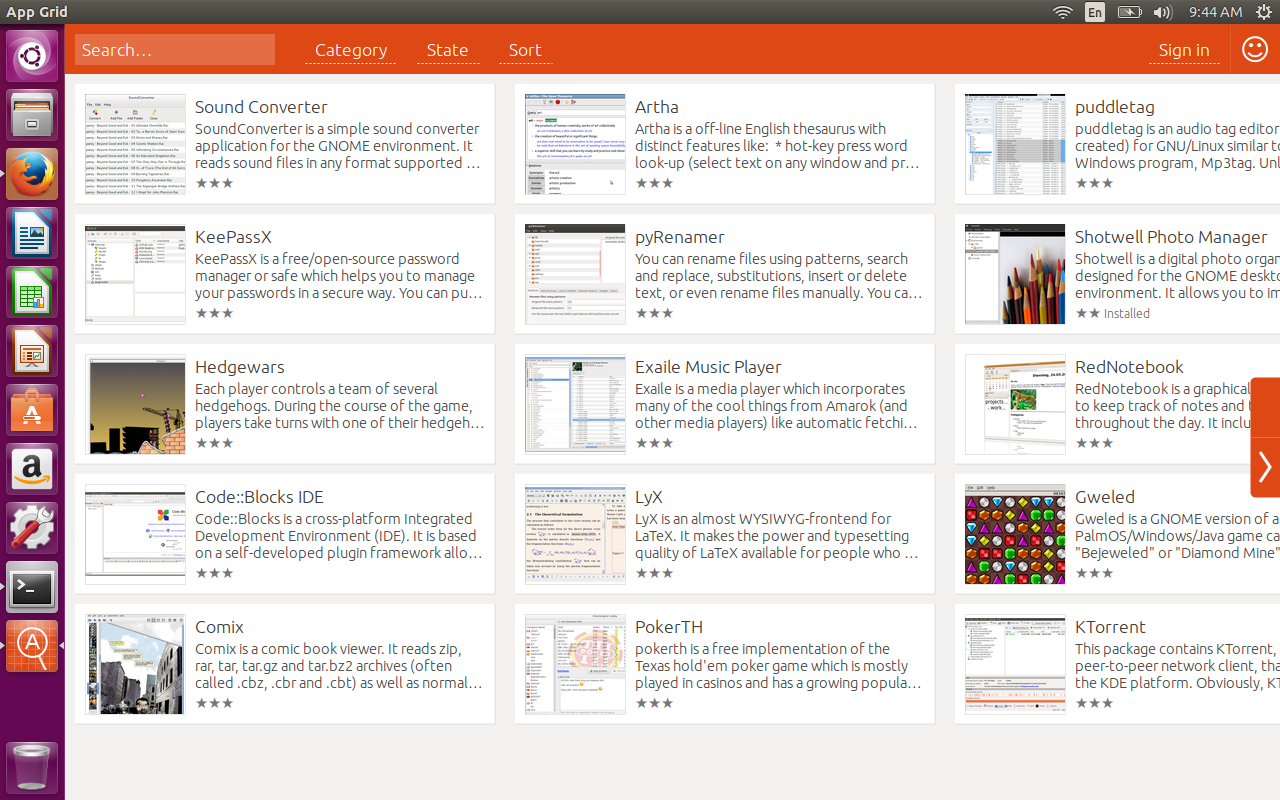
Figure 2: AppGrid is a much better package manager frontend for Ubuntu.
3. Install proper graphics drivers
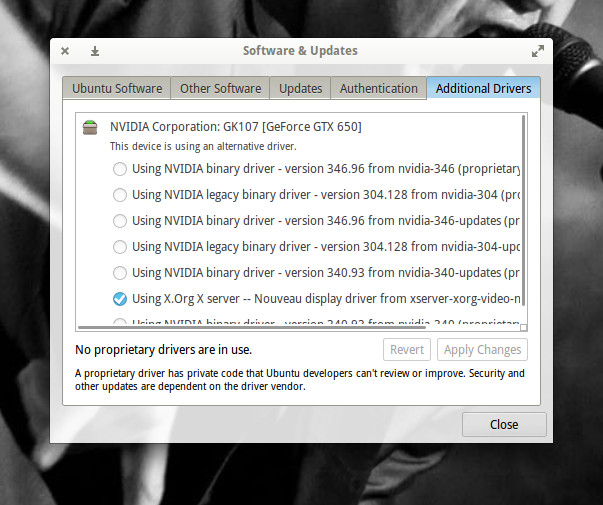
Figure 3: Installing additional video drivers for an NVIDIA graphics card.
-
Open the Dash and type software
-
Click to open the Software & Updates tool
-
Click on the Additional Drivers tab
-
Should any additional drivers be found, select the available driver that best suits your needs (Figure 3)
-
Click Apply changes
-
If prompted, reboot your machine so the changes will take effect
It is important to make sure you install the proper driver
for your card...so you will want to know which card you have on your
machine. An easy way to find out what card you have is to open up System
Settings and then click on Details. You will see make and model of your
chipset listed there.
4. Install additional media codecs
Remember what I said about having to install updates, even
though you checked to have them installed during installation? There’s
also a check box for installing additional media codecs. Guess what?
That step won’t always download and install everything you want...and
the last thing you want to do is struggle to get your media files to
play. So, in order to get all the additional media codecs necessary,
follow these steps:
-
Open up AppGrid (or the Ubuntu Software Center if you so choose)
-
Search for Ubuntu restricted extras
-
Click Install
-
Allow the installation to complete
5. Install tweak tools
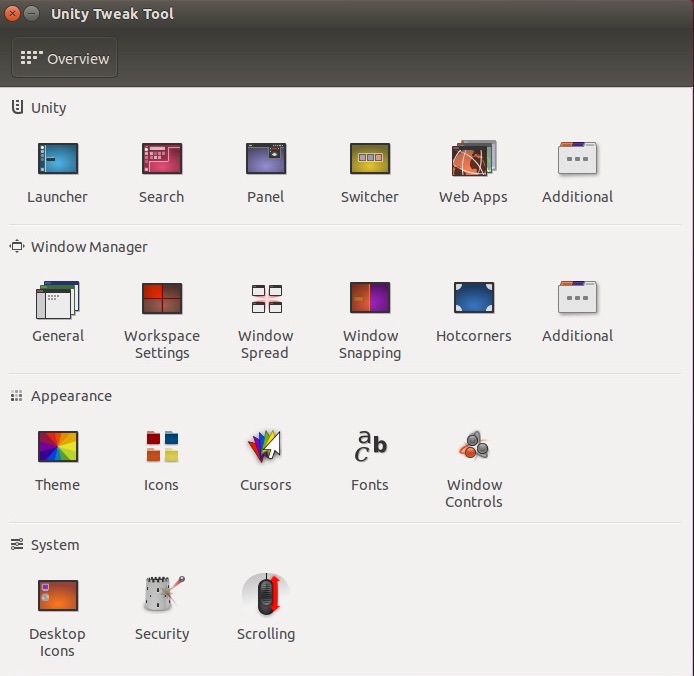
Figure 5: The Unity Tweak Tool in action.
-
Open a terminal window
-
Issue the command sudo apt-get install unity-tweak-tool gnome-tweak-tool
-
Type your sudo password and hit Enter
-
Allow the installation to complete
Oddly enough, you won’t find entries for either tool in the
Dash, so you have to run them from the terminal. The apps are run with
the following commands:
-
unity-tweak-tool
-
gnome-tweak-tool
With each tool you’ll gain significant control over the look and feel of your desktop (Figure 5).
6. Adjust your menus
I’ve been a fan of Unity’s global menu system for a long
time now. However, some users prefer a more standard menu system. With
Ubuntu 15.10 you can switch between having the menus in the window’s
title bar or in the main menu bar (the panel at the top of the window).
Here’s how:
-
Open System Settings
-
Go to Appearance > Behavior
-
Select the menu type you want from the Show the menus for a window section (Figure 6).
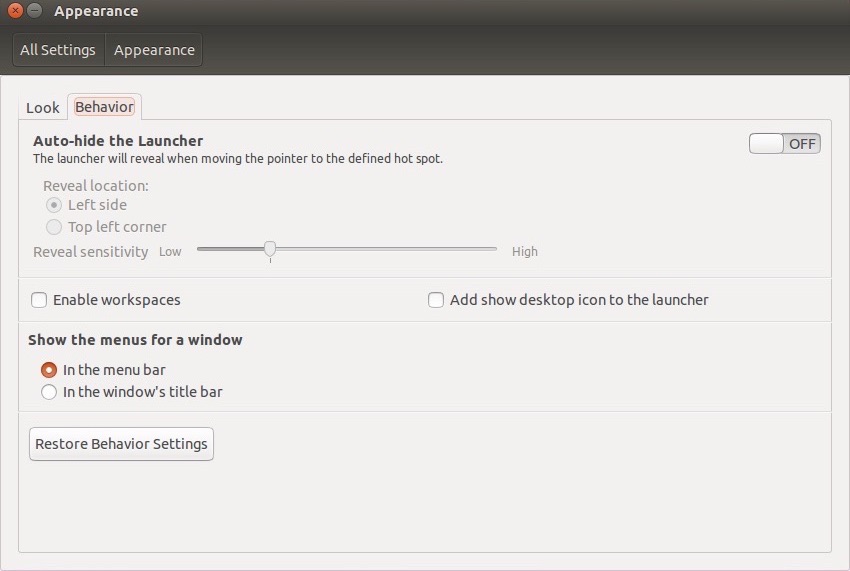
Figure 6: Switching where Unity displays app menus in Ubuntu 15.10.
7. Install a better audio player
Ubuntu 15.10 defaults to Rhythmbox as its music player. For
many, many users, this won’t be satisfactory. There are plenty of
options available, but the one I always turn to is Clementine. Not only
does Clementine offer superior playlists (Figure 7), but it has a
built-in EQ and you can even connect it to streaming sources like
Spotify.
Clementine can be found in the default repositories, so
just open up either AppGrid or the Ubuntu Software Center, search for
clementine, and click to install.
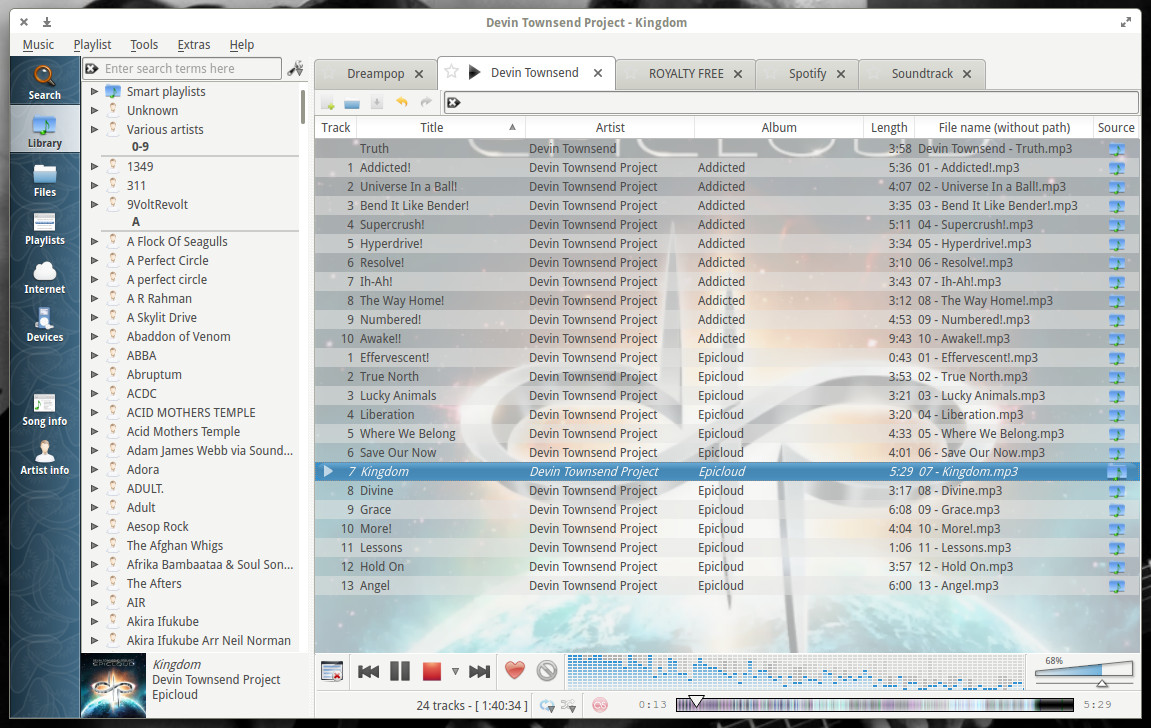
Figure 7: Clementine showing off playlists and other features in Ubuntu 15.10.
8. Set privacy to suit your needs
Ubuntu was under fire for a long time about privacy. Out of
the box, Unity would allow online searches from the Dash...something
many considered to be a security risk. I was always one to make good use
of the online searching. If, however, you would prefer to not include
online searching, you can easily turn it off. To do this, open up System
Settings and go to Security & Privacy. Click on the Search tab and
then disable online search results (Figure 8).
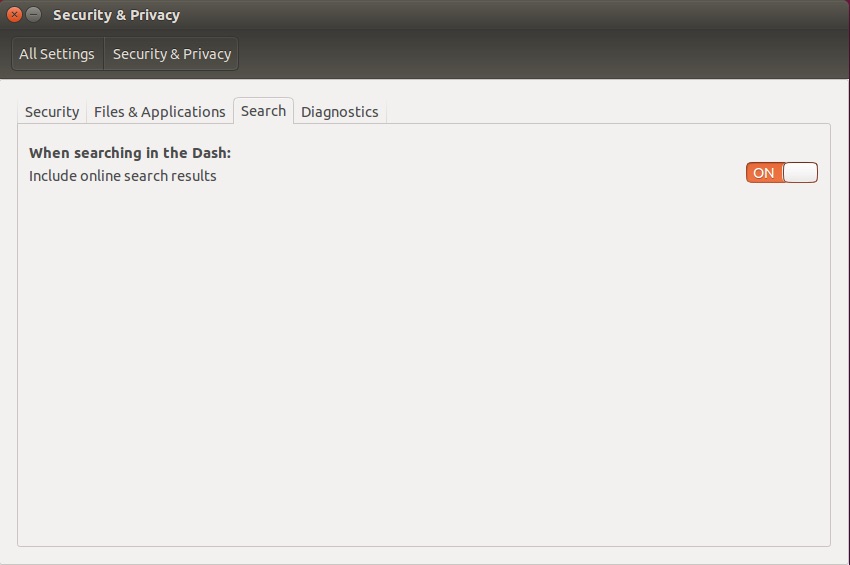
Figure 8: Enable or disable online search results for Unity’s Dash in Ubuntu 15.10.
9. Get themes
Ubuntu has only shipped with two themes for a long
time...neither of which are really all that appealing. You can always
install new themes...there are plenty of them out there. The best way to
do this is search for Ubuntu themes and only install those that offer
an updated ppa that can be added. One of my favorite themes for Unity is
the Arc theme. You will need to first have the Unity Tweak Tool
installed (so you can actually switch to a third-party theme).
Installing the Arc theme is simple:
-
Open up a terminal window
-
Add the necessary ppa with the command sudo sh -c "echo 'deb http://download.opensuse.org/repositories/home:/Horst3180/xUbuntu_15.10/ /' >> /etc/apt/sources.list.d/arc-theme.list"
-
Download the repository key with the command wget http://download.opensuse.org/repositories/home:Horst3180/xUbuntu_15.10/Release.key
-
Add the key with the command sudo apt-key add - < Release.key
-
Update apt with the command sudo apt-get update
-
Install the theme with the command sudo apt-get install arc-theme
-
Now open the Ubuntu Tweak Tool, click on Theme, and then select Arc under the Theme tab (Figure 9).
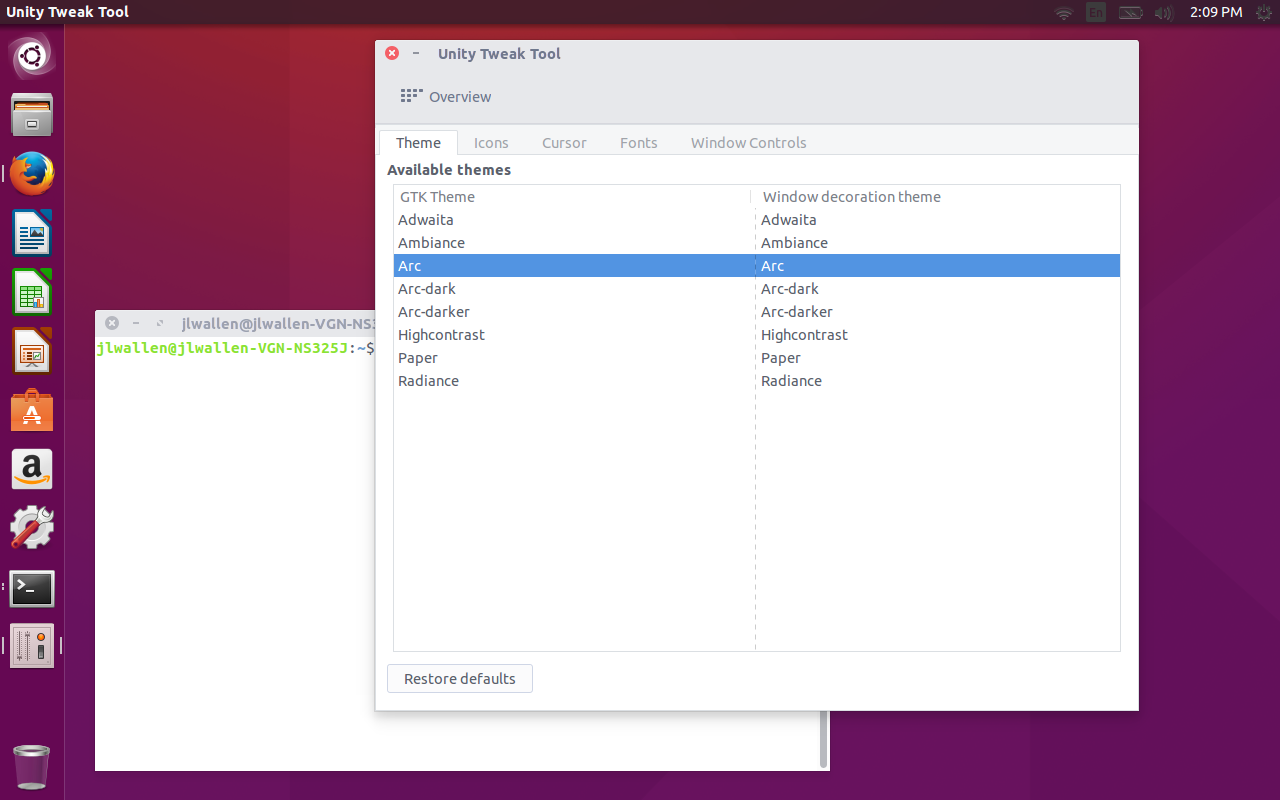
Figure 9: Selecting the Arc theme in the Unity Tweak Tool.
10. Set up your cloud connections
Naturally you will want to connect your desktop to whatever
cloud account you use. Many cloud accounts now have Linux clients and
some (such as Dropbox) can be installed from within the package manager.
For example, open up AppGrid and search for Dropbox. You will be
greeted with a listing for Dropbox that is actually just the Nautilus
integration component. However, after you install this app, you will be
prompted to restart Nautilus and then start Dropbox. This process will
then download and install the newest official Dropbox client (Figure
10).
11. Get to know the new network device naming scheme
For the first time in the Ubuntu lifespan, stateless,
persistent network names are now used for network devices. This means
the old naming scheme of eth0/eth1/wlan0/wlan1 is no more. In its place
will be more descriptive names (such as wlp4s0 ). If you issue the
command ifconfig you
will see the stateful names for your devices...use these instead of the
old standbys you've been using for years. This will take some time to
get used to, so start getting familiar with this new naming scheme now.
Anyone making use of older networking scripts will need to modify those
scripts to reflect this new naming scheme.
At this point, Ubuntu should be a gorgeous, efficient
platform ready to do your bidding. Yes, there may well be other apps you
need to install, but those are mostly just an AppGrid or Ubuntu
Software Center away.
Enjoy Ubuntu 15.10!
No comments:
Post a Comment